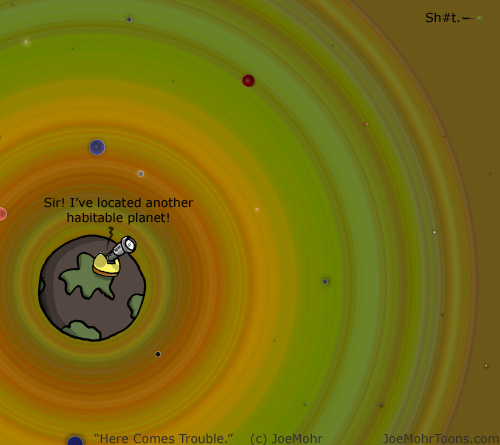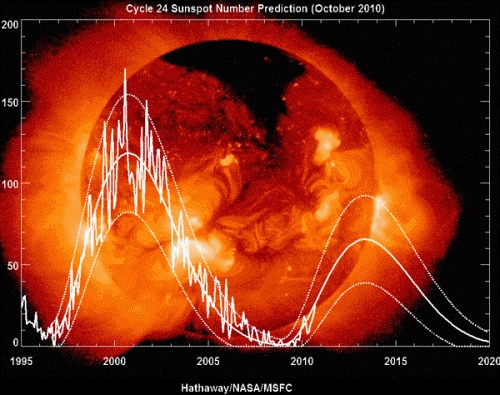
It is being called the “most complete simulation of the universe” so far constructed… in 3D, of course! It’s most certainly mesmerizing…but why try to simulate the universe?
Understanding how the largest visible structures in the universe were formed helps astrophysicists better understand the mysterious “pulling” force known as dark matter, which is responsible, it is theorized, for keeping galaxies together (amongst other important things). 3D simulations are the best ways to understand what the raw data are saying about how this dark matter works (plus, they’re amazingly beautiful).

Three astrophysical scientists (Klypin, Primack, Henze) at NASA Ames Research Center, in Mountainview, California, were particularly interested in hypothetical phenomena known as dark matter halos. Using the Center’s supercomputer constellation, the scientists built a 3D simulation — called a ‘Bolshoi’ simulation — using trillions of data points so as to study how such halos evolved.
The simulation was based upon the ‘Lambda Cold Dark Matter’ model, or the Lambda-CDM model, which is also known as the ‘cold dark matter model with dark energy’ (note: dark energy is the hypothetical “pushing” force responsible for the accelerating expansion of the universe)
The Lamba-CDM model is the basis of the Standard Model of Big Bang Cosmology which is the simplest model that is in agreement with most observations.
The model accounts for the structure of the Cosmic Microwave Background (CMB), galaxy clusters, the distribution of the lighter elements (i.e., hydrogen, helium, deuterium and the metal lithium), and the accelerated expansion of the universe (supported by observations of type 1a supernovae)
Watch the incredible universe evolution simulation!
top photo: NASA, N. Benitez (JHU), T. Broadhurst (Racah Institute of Physics/The Hebrew University), H. Ford (JHU), M. Clampin (STScI),G. Hartig (STScI), G. Illingworth (UCO/Lick Observatory), the ACS Science Team and ESA
bottom photo: (dark matter halo) Cosmo0
.

